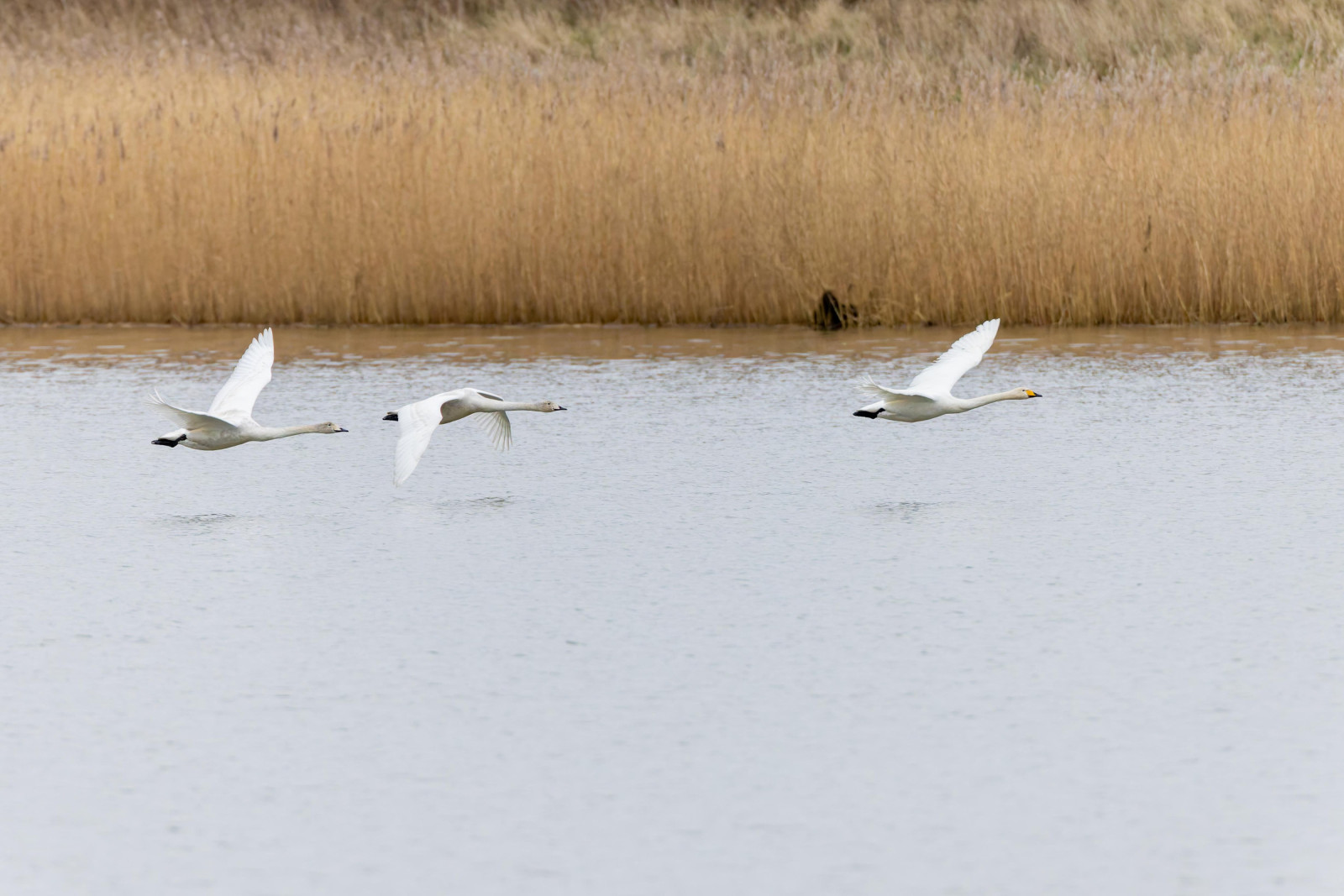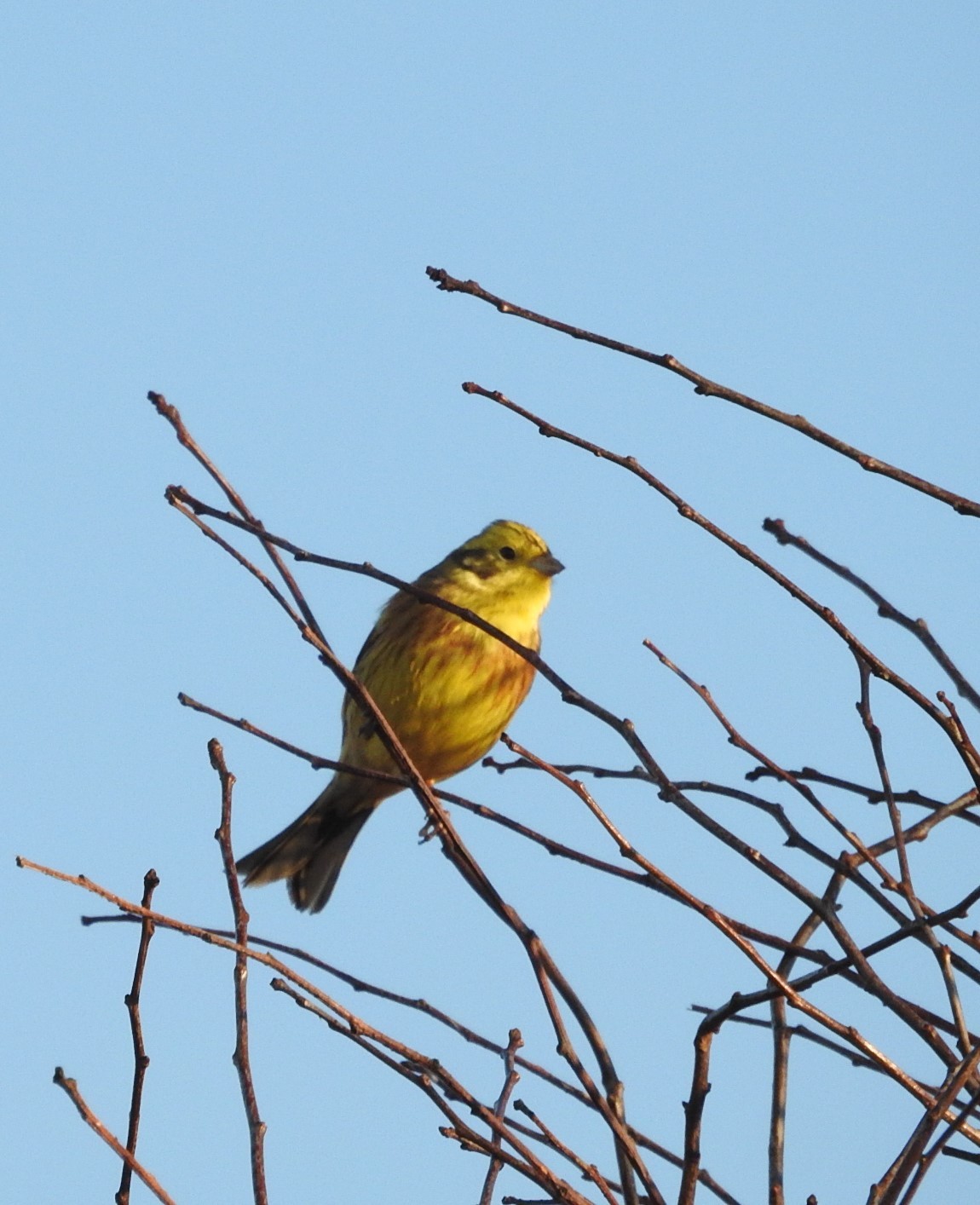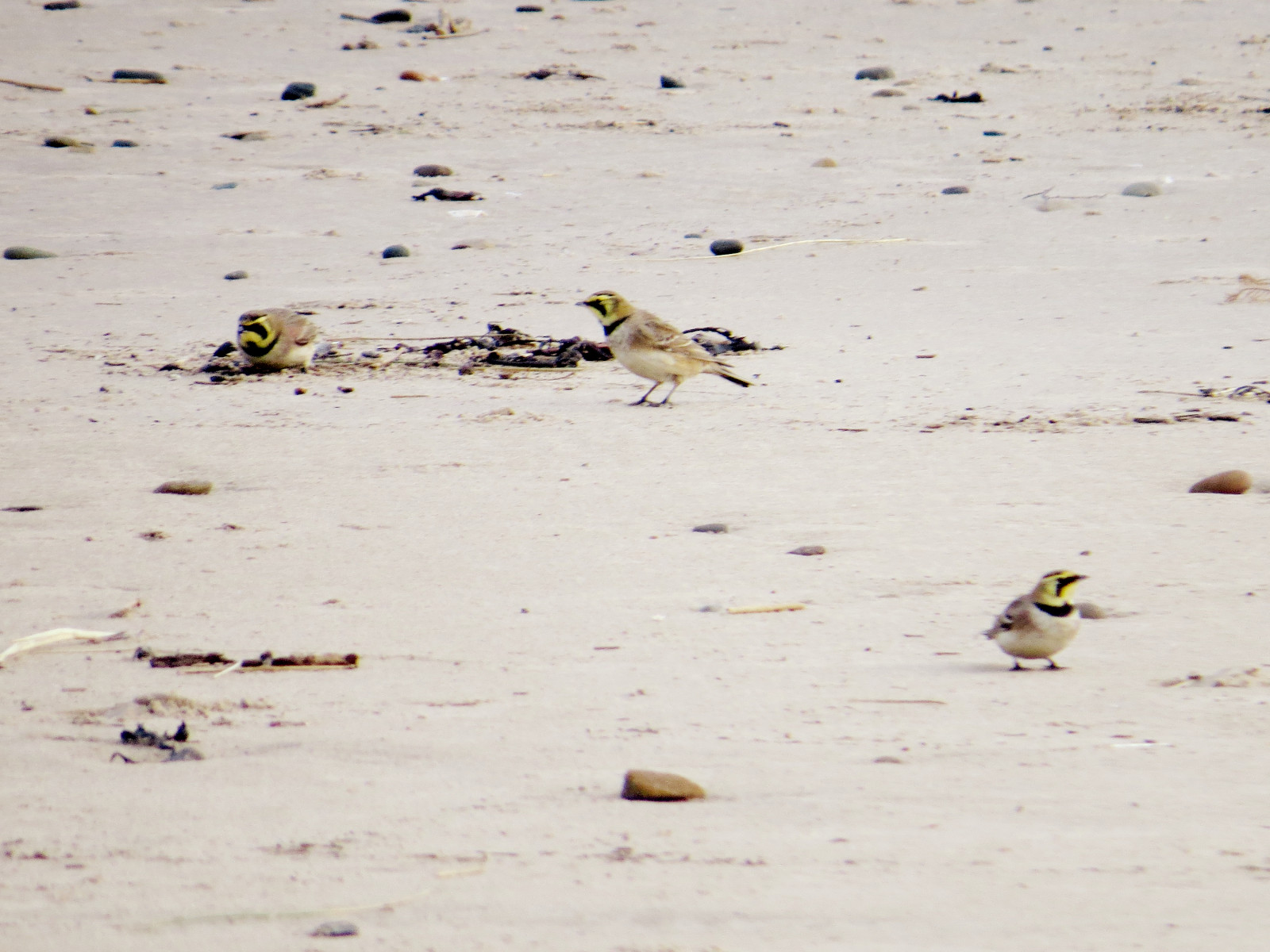Descrição
Tartaranhão-ruivo-dos-pauis is present throughout the year, with many seen on passage and wintering this year.
rouxinol-dos-caniços, Rouxinol-bravo, and Felosa-malhada breed, among a wide variety of summer visitors.
Pilrito-sanderlingo and other roosting waders and gulls can be found on the beach, and in summer, terns including occasional Andorinha-do-mar-rósea. In winter, Escrevedeira-das-neves and occasionally Cotovia-cornuda use the beach where the Chevington Burn runs out. Sea ducks such as Eider-edredão,Pato-preto and Merganso-de-poupa, and also Mobêlha-pequena, can be seen on the sea, along with Arau-comum and Papagaio-do-mar from nearby Coquet Island.
Chapim-rabilongo and a good variety of young woodland species including wintering Lugre, pintarroxo-pequeno and sometimes Pintarroxo-de-queixo-preto.
Frisada and good numbers of other wintering and breeding wildfowl; in winter it is worth checking the Marrequinha-comum flocks for vagrant Green-winged Teal, which occur here surprisingly regularly.
Detalhes
Acesso
Parking available on reserve along a poorly maintained track. Alternatively, 'pay and display' parking is available in neaby Druridge Bay Country Park. Bus X18 from Newcastle to Red Row (nearest point to reserve). The National Cycle Network Route 1 runs along the east edge of the site.
Waterproof boots or wellingtons advisable in winter and wet periods.
The route around the south end of the reserve has narrow paths and can be very muddy.
Terreno e Habitat
Campina , Dunas , Camas de junco , Praia , LagoCondições
Plano , Arenoso , Paisagem abertaCaminho circular
Simé útil um telescópio?
Pode ser útilBoa temporada de observação de aves
Durante todo o anoMelhor hora para visitar
Inverno , Verão , Migração da primavera , Primavera , Outono , Migração de outonoRota
Caminho largo , Estrada não pavimentada , Caminho estreitoCaminho dificil
Caminhada médiaAcessível por
Pé , Bicicleta , CarroAbrigo/plataforma deobservação de aves
SimInformação extra
I update information regularly on my blog (link below); use the search facility or archived months matching your visit to get an idea of what can be seen. Also on twitter: @DavidEe13975025




